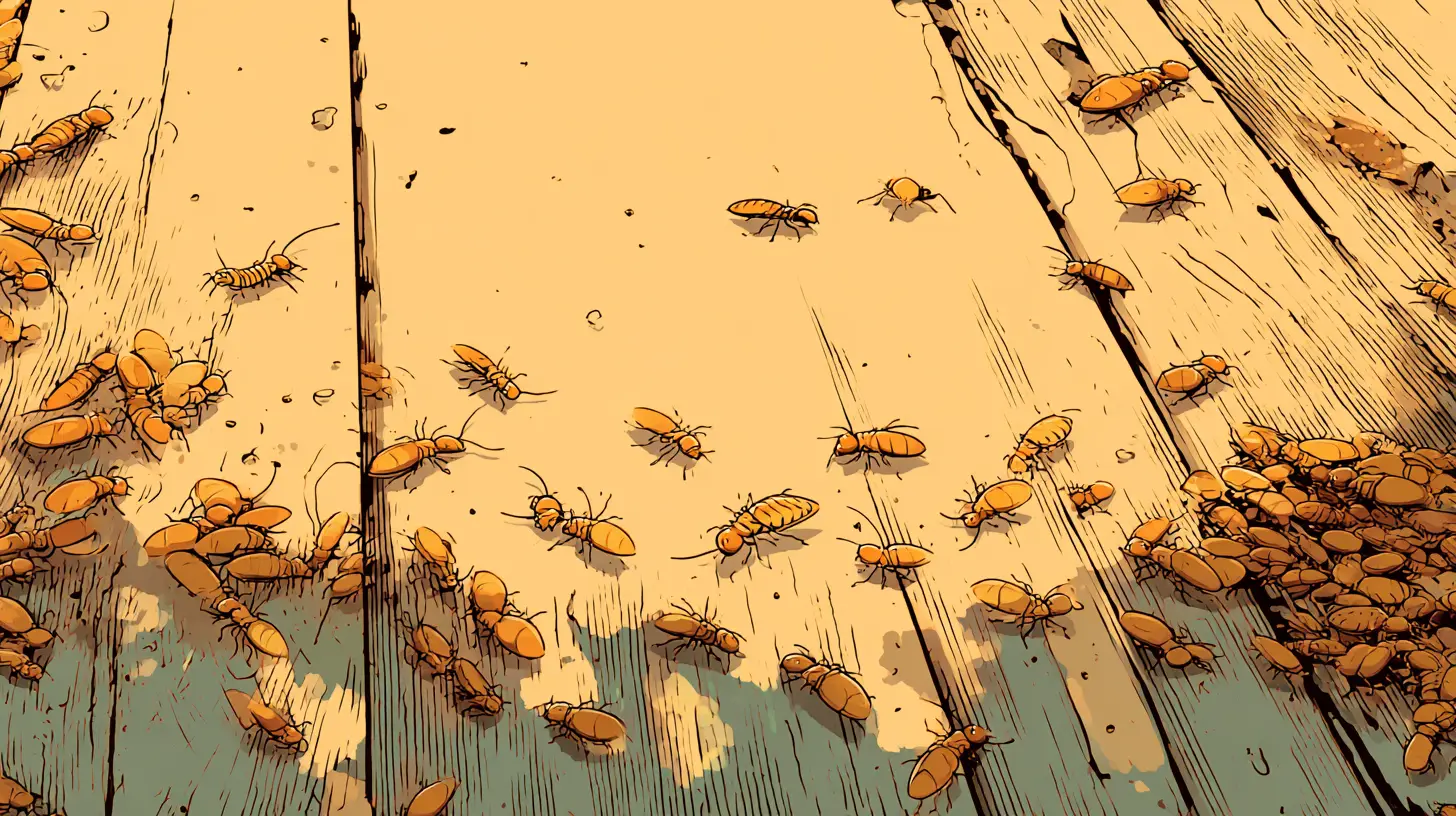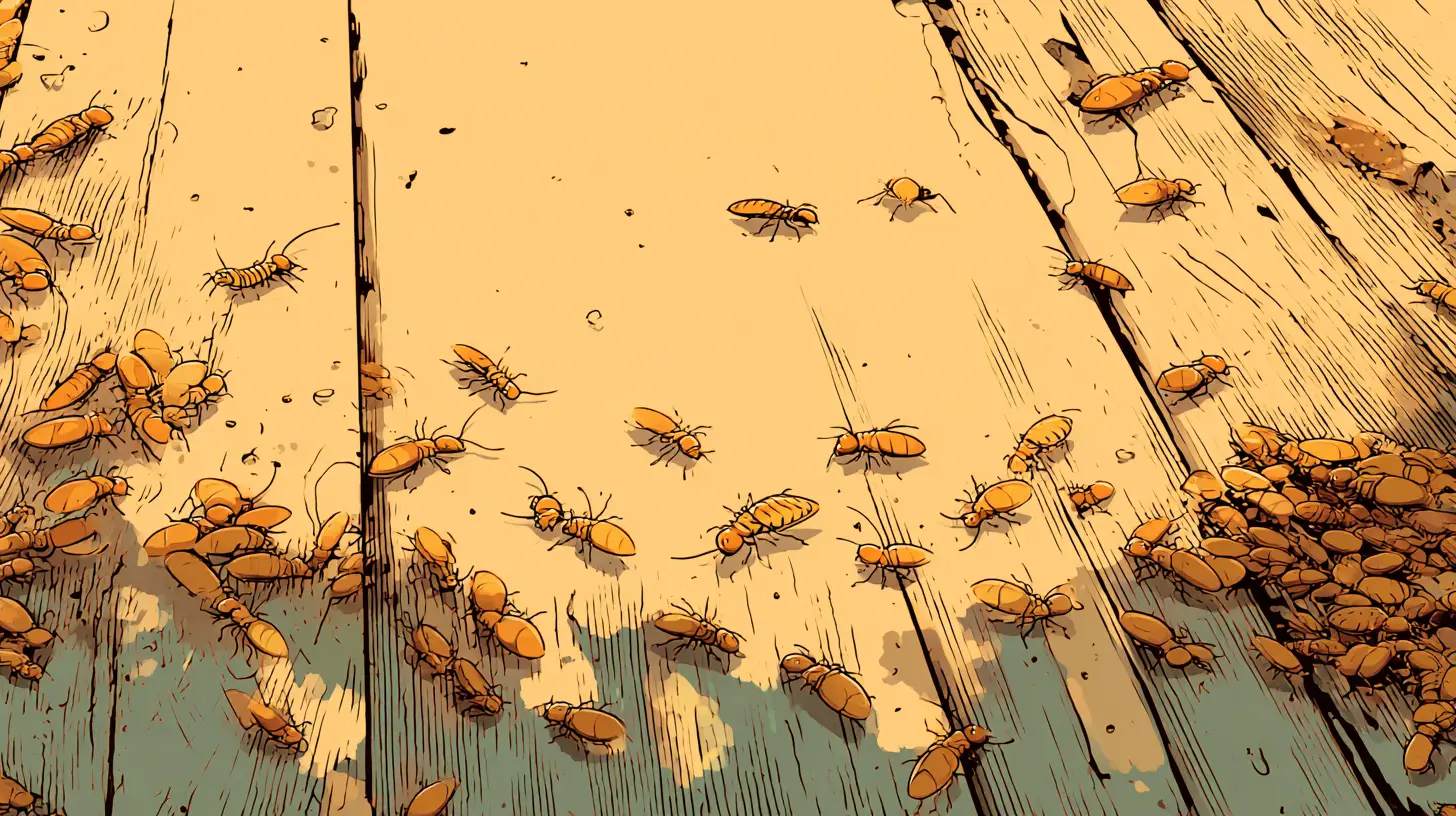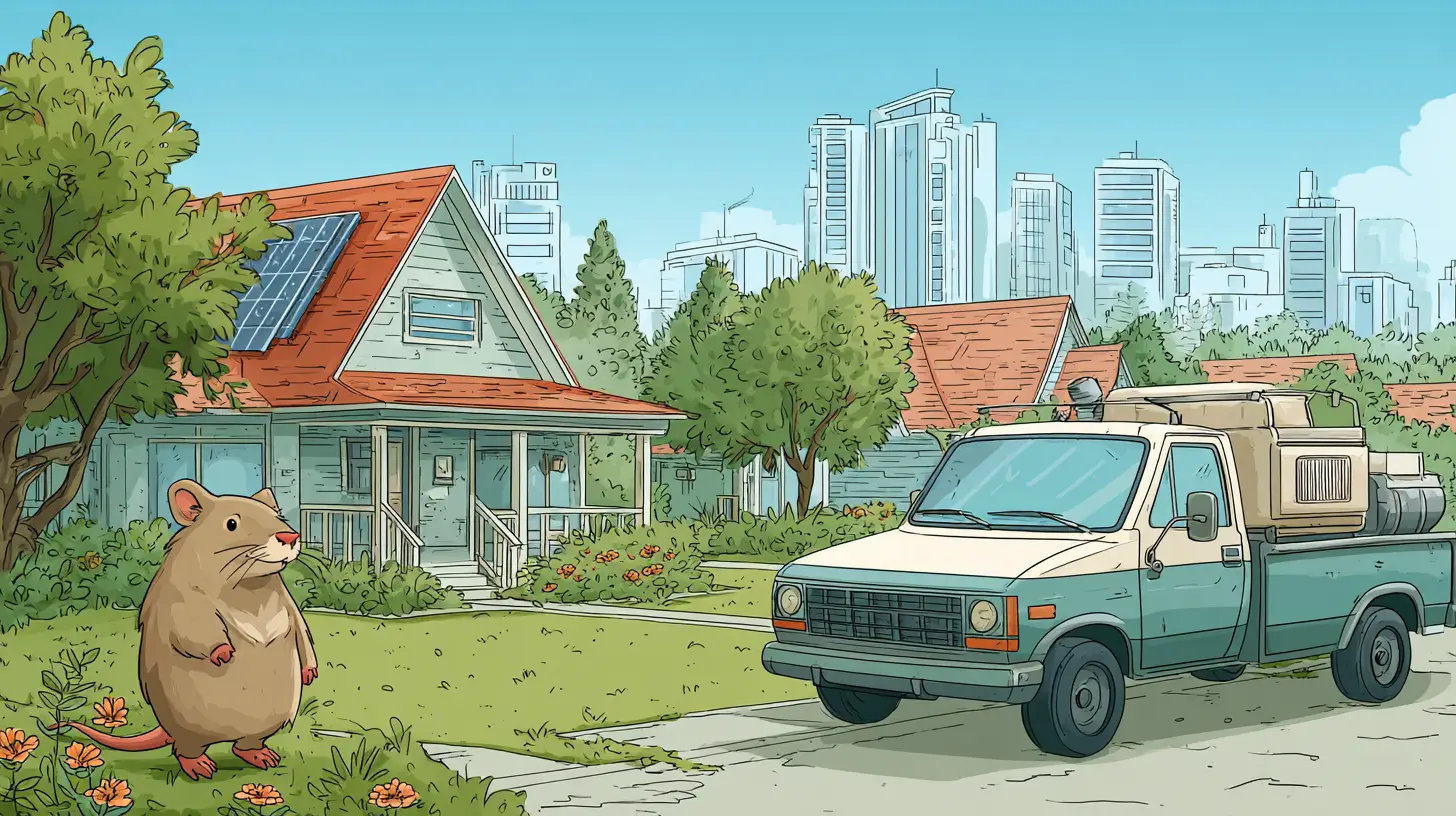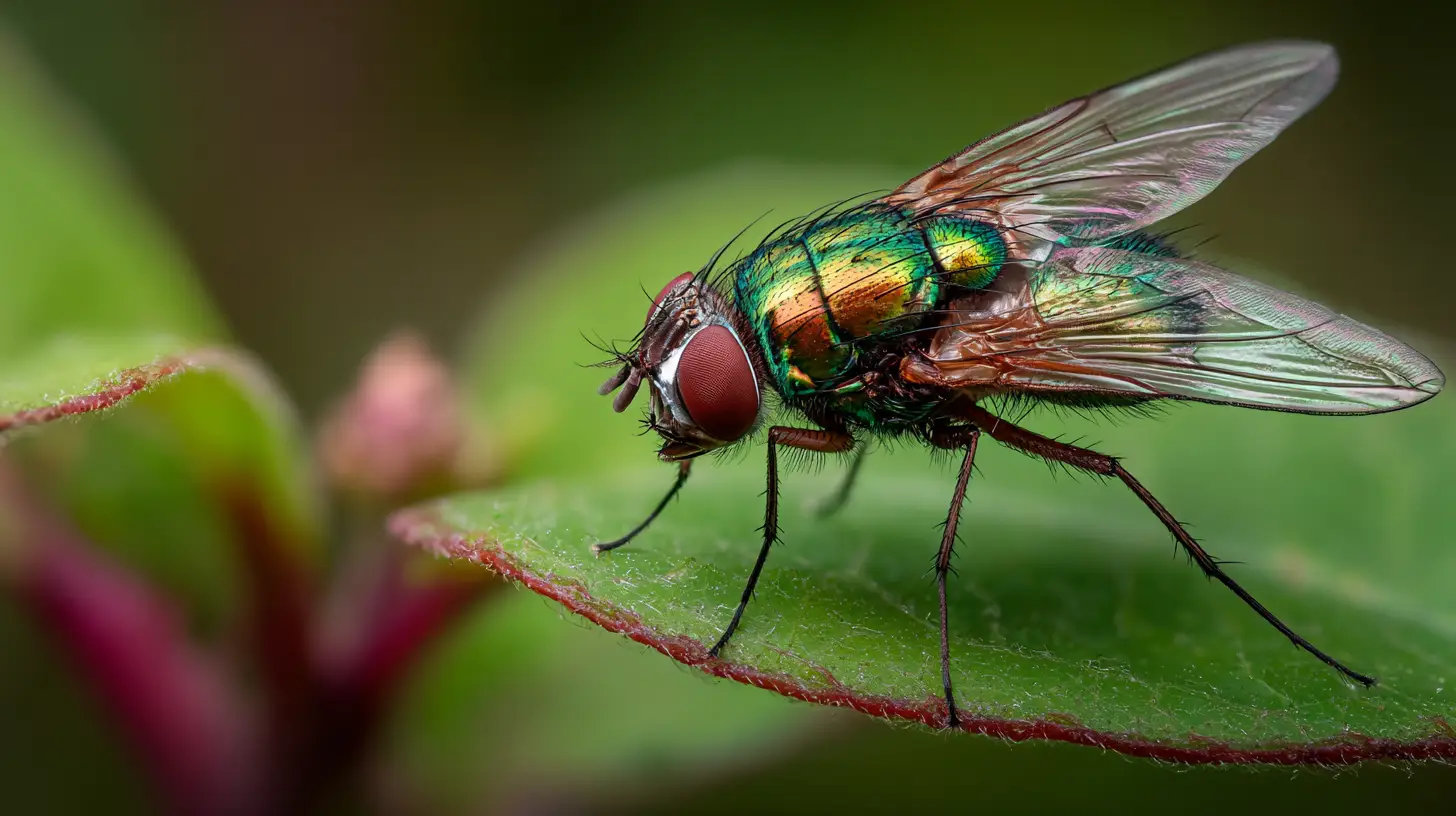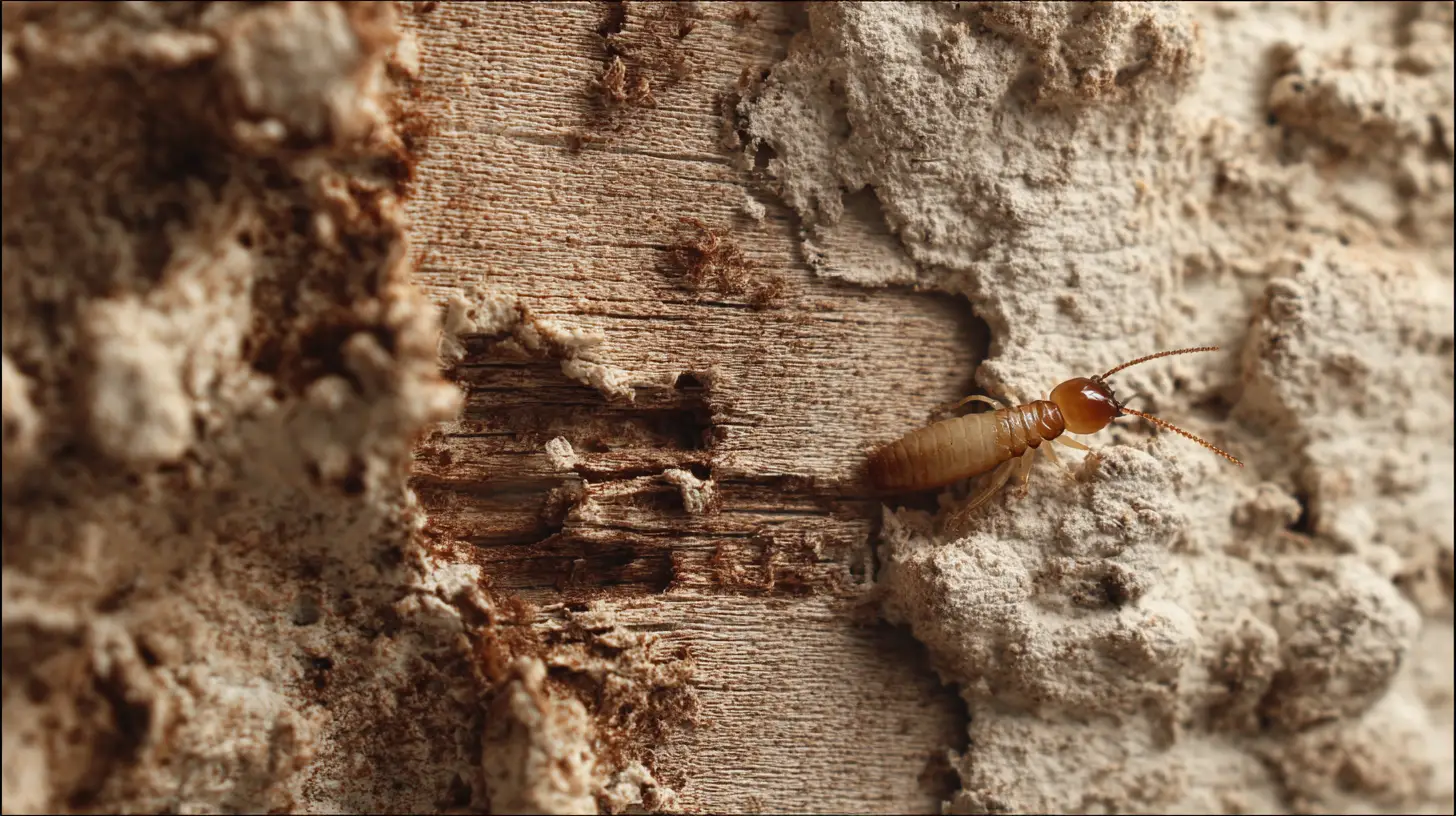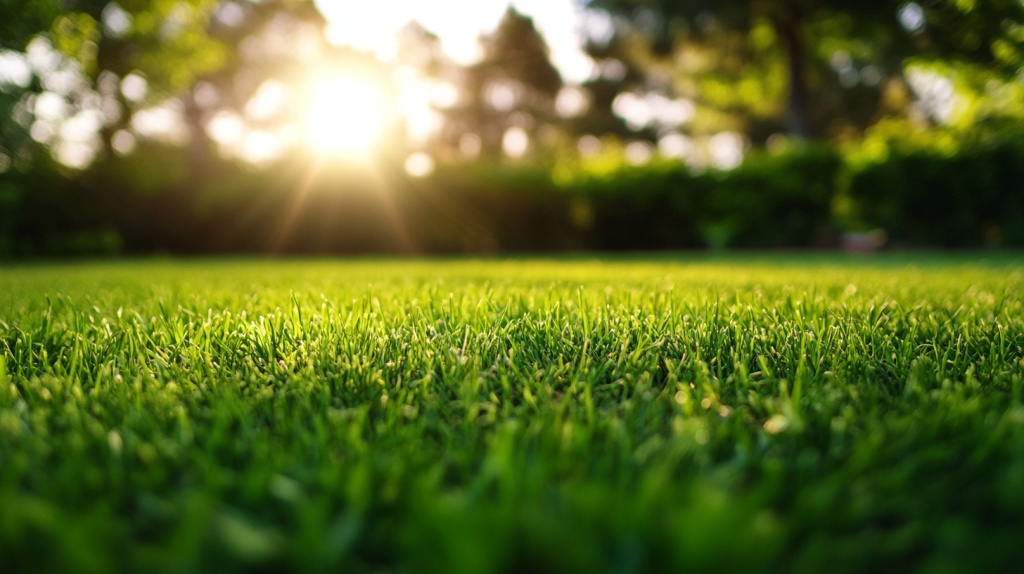
Table of Contents
Congratulations on your investment in new sod! Whether you’ve just installed St. Augustine, Zoysia, Bermuda, or Bahia grass, proper care during the first 90 days is essential for establishing a healthy, long-lasting lawn. This guide will walk you through exactly what you need to know about new sod care in Southwest Florida’s unique climate.
Key Takeaways
- Water Strategically: Start with frequent, light irrigation and gradually transition to deeper, less frequent watering as roots establish.
- Mow Properly: Wait until sod is firmly rooted (14-21 days), then maintain the proper height for your specific grass type.
- Delay Fertilizing: Don’t fertilize for the first 30-60 days. When you do start, use slow-release products appropriate for Florida’s soils.
- Be Patient With Weeds: Focus on proper watering and mowing during establishment rather than using herbicides that could damage new roots.
- Adapt To Seasonal Changes: Adjust your maintenance practices based on Southwest Florida’s distinct rainy and dry seasons.
- Monitor Carefully: Watch for early signs of pest problems, disease, or nutritional deficiencies to address issues before they become severe.
Understanding the Basics of New Sod Care
New sod is essentially grass that has been pre-grown at a sod farm, harvested with a thin layer of soil, and transplanted to your yard. While it gives you an instant green lawn, it arrives with limited root development. Your primary goal during the establishment period is to encourage those roots to grow deeply into your soil.
The critical factors for successful new sod care are:
- Proper watering frequency and amounts
- Appropriate mowing practices
- Timing of first fertilizer application
- Managing weeds, pests, and diseases
- Understanding local climate factors
The Critical First 90 Days: New Sod Care Timeline
Days 1-7: Intensive Care Period
This first week is arguably the most important for new sod care. Your grass has no established root system and is highly vulnerable to drying out.
Watering Requirements:
- Water 2-3 times per day (early morning, midday, late afternoon)
- Short irrigation cycles (5-10 minutes each with spray heads)
- Keep the soil surface consistently moist, but not soggy
- Check under sod corners daily to ensure soil contact and moisture
Other Care:
- Avoid all foot traffic
- Press down any lifted corners or edges to ensure soil contact
- Do not mow
- Do not apply fertilizer
Pro Tip: In Southwest Florida’s intense heat, new sod can dry out extremely quickly. During summer installations, you may need to add an extra watering cycle if you notice any curling or browning of the grass blades.
Days 8-14: Root Development Begins
By the end of the first week, your sod should be starting to “peg down” as roots begin anchoring into the soil.
Watering Adjustments:
- Reduce to once daily (approximately ¼-½ inch per application)
- Water early morning for best results
- Sod should no longer lift easily when tugged gently
First Mowing:
- Around day 14-21, perform your first mowing if the grass has reached sufficient height
- Ensure roots are holding the sod firmly in place
- Use a sharp blade and mow at the recommended height for your grass type:
- St. Augustine: 3.5-4 inches (standard varieties) or 2.5 inches (dwarf varieties)
- Zoysia: 1.75-2.5 inches
- Bermuda: 1-2 inches
- Bahia: 3-4 inches
Still Avoid:
- Fertilizing (it’s too early)
- Heavy foot traffic
- Pets playing on the lawn
Days 15-28: Transitional Period
During weeks 3-4, your sod should be developing a stronger root system.
Watering Adjustments:
- Reduce to 2-3 times per week (still applying about ¼-½ inch each time)
- Most of the lawn should feel firmly rooted by days 21-28
Mowing:
- Continue weekly mowing at recommended heights
- Never remove more than one-third of the grass blade height in a single mowing
Fertilization:
- After around 30 days, you may apply a light starter fertilizer if the turf appears pale
- Use products with slow-release nitrogen to minimize leaching in Florida’s sandy soils
Weed Management:
- Hand-pull any emerging weeds
- Continue to avoid herbicides during this establishment period

Get Pest-Free Today!
Trust Waves Pest Control for expert pest solutions in Florida. Call now or request your free quote online!
Request a QuoteDays 29-56: Establishing Normal Care
During weeks 5-8, your new sod is maturing but still requires attentive care.
Watering:
- Switch to a regular irrigation schedule (approximately twice per week)
- Water deeply (about ½-¾ inch per application)
- Begin to let the soil dry slightly between waterings to encourage deeper rooting
Fertilization:
- Apply a maintenance-rate fertilizer between weeks 6-8 if not done already
- Use a balanced fertilizer appropriate for your grass type
Pest Monitoring:
- Begin checking for common Florida lawn pests:
- St. Augustine: Watch for chinch bugs and gray leaf spot
- Zoysia: Monitor for large patch disease
- Bermuda: Check for mole crickets and nematode damage
- Bahia: Generally pest-resistant, but check for dollar spot in shady areas
Days 57-90: Transition to Established Lawn Care
By this point, your lawn should be well on its way to full establishment.
Watering:
- Follow normal seasonal watering recommendations
- In Southwest Florida, this typically means 1-2 times per week during dry periods
- Respect any local watering restrictions (typically new sod is exempt for only the first 30 days)
Fertilization:
- Begin following standard fertilization recommendations for your grass type
- Remember that Sarasota County prohibits nitrogen and phosphorus fertilizers from June 1 to September 30
Regular Maintenance:
- Implement a regular mowing schedule
- Begin monitoring for seasonal pest and disease issues
- Consider a soil test to fine-tune your fertilization program
Specific Care Tips by Grass Type
St. Augustine Grass New Sod Care
St. Augustine is the most common lawn grass in Southwest Florida, known for its thick, carpet-like appearance and good salt tolerance.
Watering: Follow the general schedule above, but note that St. Augustine is less drought-tolerant than some other varieties. During hot, dry periods, it may need more frequent irrigation to maintain color.
Mowing Height: Maintain at 3.5-4 inches for standard varieties, or 2.5 inches for dwarf types like Floratam.
Fertilization: After the initial 30-60 day establishment period, St. Augustine can receive 4-6 pounds of nitrogen per 1,000 square feet per year (split into several applications).
Common Issues: Watch for chinch bugs (causing yellow-to-brown patches in sunny areas) and gray leaf spot (gray lesions on leaves during rainy, humid weather).
Zoysia Grass New Sod Care
Zoysia forms a dense, carpet-like turf that tolerates heat, salt, and moderate shade.
Watering: Once established, Zoysia is moderately drought-tolerant, requiring less water than St. Augustine.
Mowing Height: Maintain at 1.75-2.5 inches. Fine-textured varieties can be mowed lower.
Fertilization: Requires approximately 2.0-4.5 pounds of nitrogen per 1,000 square feet annually.
Common Issues: May develop large patch disease (brown circular lesions) in winter or during cool, wet periods.
Bermuda Grass New Sod Care
Bermuda is extremely heat and wear-tolerant, making it popular for high-traffic areas.
Watering: Highly drought-resistant once established. Will go dormant (brown) during extended drought but recovers quickly with rainfall.
Mowing Height: Can be maintained quite low, typically 1-2 inches for home lawns.
Fertilization: Relatively heavy feeder, requiring 2-5 pounds of nitrogen per 1,000 square feet annually, split into multiple applications.
Common Issues: Susceptible to nematodes in Florida’s sandy soils, which can cause thinning turf despite proper care.
Bahia Grass New Sod Care
Bahia is extremely drought-hardy with a deep root system, thriving on sandy, infertile soils.
Watering: Very drought-tolerant once established. Requires minimal irrigation except during extended dry periods.
Mowing Height: Maintain at 3-4 inches.
Fertilization: Light feeder, typically requiring only 1-2 pounds of nitrogen per 1,000 square feet per year.
Common Issues: Few pest or disease problems. May develop seedheads that require more frequent mowing for appearance.
Southwest Florida Considerations for New Sod Care
Our unique regional conditions require special attention when establishing new sod:
Sandy Soil Challenges
Venice and surrounding areas typically have very sandy soils with low organic matter. This means:
- Water drains quickly, requiring more frequent irrigation initially
- Nutrients leach rapidly, making slow-release fertilizers essential
- Adding organic matter (compost) during site preparation helps tremendously with water retention
Heat and Humidity Management
Our intense summer heat and humidity create specific challenges:
- New sod installed in summer needs extra vigilance to prevent drying
- Water early in the morning to reduce evaporation losses
- Fungal diseases are more common during humid periods, so avoid overwatering
- If installing sod during peak summer, consider extra short watering cycles or temporary shade
Rainy Season Adjustments
Southwest Florida’s rainy season (June-September) requires adaptive management:
- Reduce or eliminate irrigation when receiving sufficient rainfall (½ inch or more)
- Ensure proper drainage so sod isn’t consistently waterlogged
- Increase monitoring for fungal diseases, which thrive in wet conditions
- Consider a rain sensor for your irrigation system to prevent wasteful watering
Water Restrictions
Sarasota County and surrounding areas often implement watering restrictions:
- New sod is typically exempt from restrictions for 30-60 days (verify with your water authority)
- After the exemption period, follow the designated watering schedule for your address
- Consider alerting your water authority when installing new sod to avoid potential fines
Frequently Asked Questions (FAQs)
How long should I water my new sod in Southwest Florida?
For the first 7-10 days, water 2-3 times daily for about 5-10 minutes per session. During weeks 2-3, reduce to once daily. By weeks 3-4, shift to 2-3 times per week. After 30-45 days, your lawn should be established enough to follow normal watering schedules (1-2 times per week depending on rainfall and season).
When can I walk on my new sod?
Minimize all foot traffic for the first 14 days. By day 14-21, the sod should be rooted enough to handle light traffic, but continue to avoid repeated paths or play areas until after 30 days.
When should I apply fertilizer to my new sod?
Wait at least 30-60 days before applying fertilizer to new sod. The sod typically comes with some nutrients from the sod farm, and early fertilization can burn tender new roots. Around 6-8 weeks after installation, apply a light application of slow-release fertilizer if the grass appears pale.
How do I know if my new sod is getting enough water?
Check under the sod corners during the first week to ensure the soil is moist but not soggy. After the first couple of weeks, your sod should appear green and vibrant. Wilting, curling, or blue-gray coloration indicates drought stress, while yellowing and squishy feelings may indicate overwatering.
What should I do if I see brown patches in my new sod?
First, verify proper watering. If watering is adequate, check for signs of pests or disease. Common culprits in new Southwest Florida lawns include chinch bugs (in St. Augustine), fungal diseases during humid periods, or poor soil contact beneath the sod. Contact a local extension office if you’re unsure about the cause.
Can I install sod year-round in Southwest Florida?
Yes, sod can be installed year-round in our region. However, the best times are typically fall through spring when temperatures are milder. Summer installations require extra vigilance with watering due to intense heat. The rainy season (June-September) can reduce irrigation needs but increases disease pressure.
Should I remove the existing grass before laying new sod?
Yes, for best results, remove the existing turf, till the soil to 4-6 inches, and incorporate organic matter before installing new sod. This gives roots the best opportunity to establish. Laying sod over existing grass often results in poor root development and eventual failure.
How do local water restrictions affect my new sod care?
Most water authorities provide a temporary exemption from watering restrictions for new sod (typically 30-60 days). Contact your local utility before installation to understand the exemption process. After the exemption period, you’ll need to follow standard watering schedules for your area.

